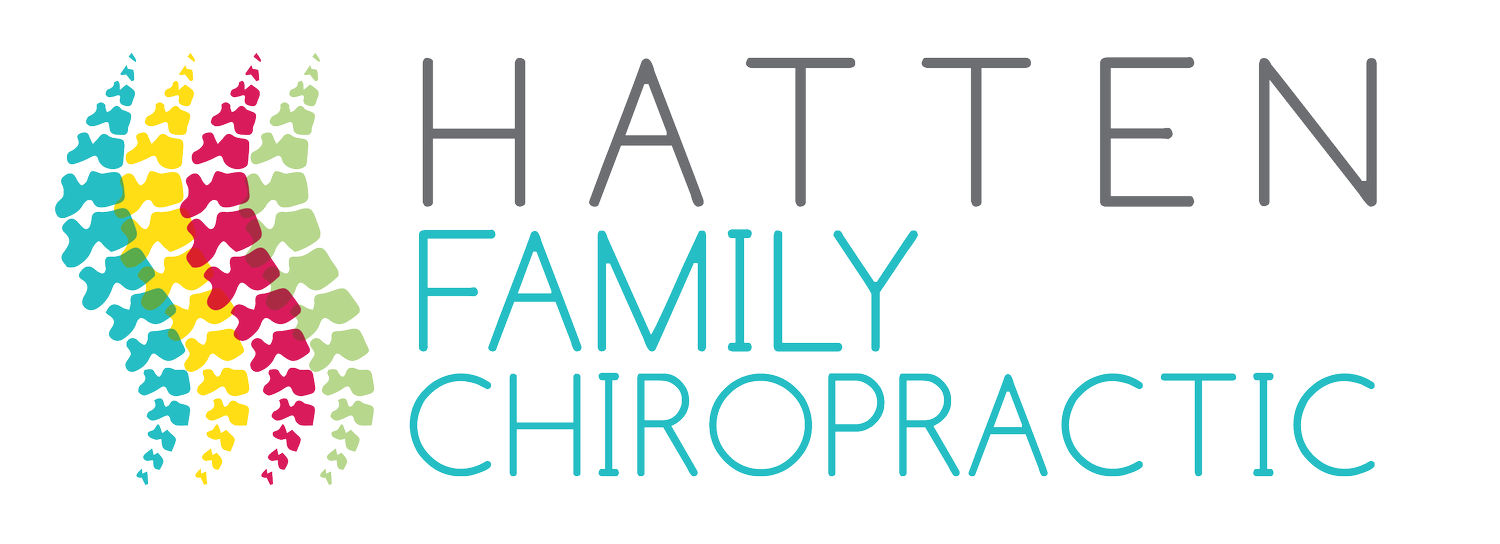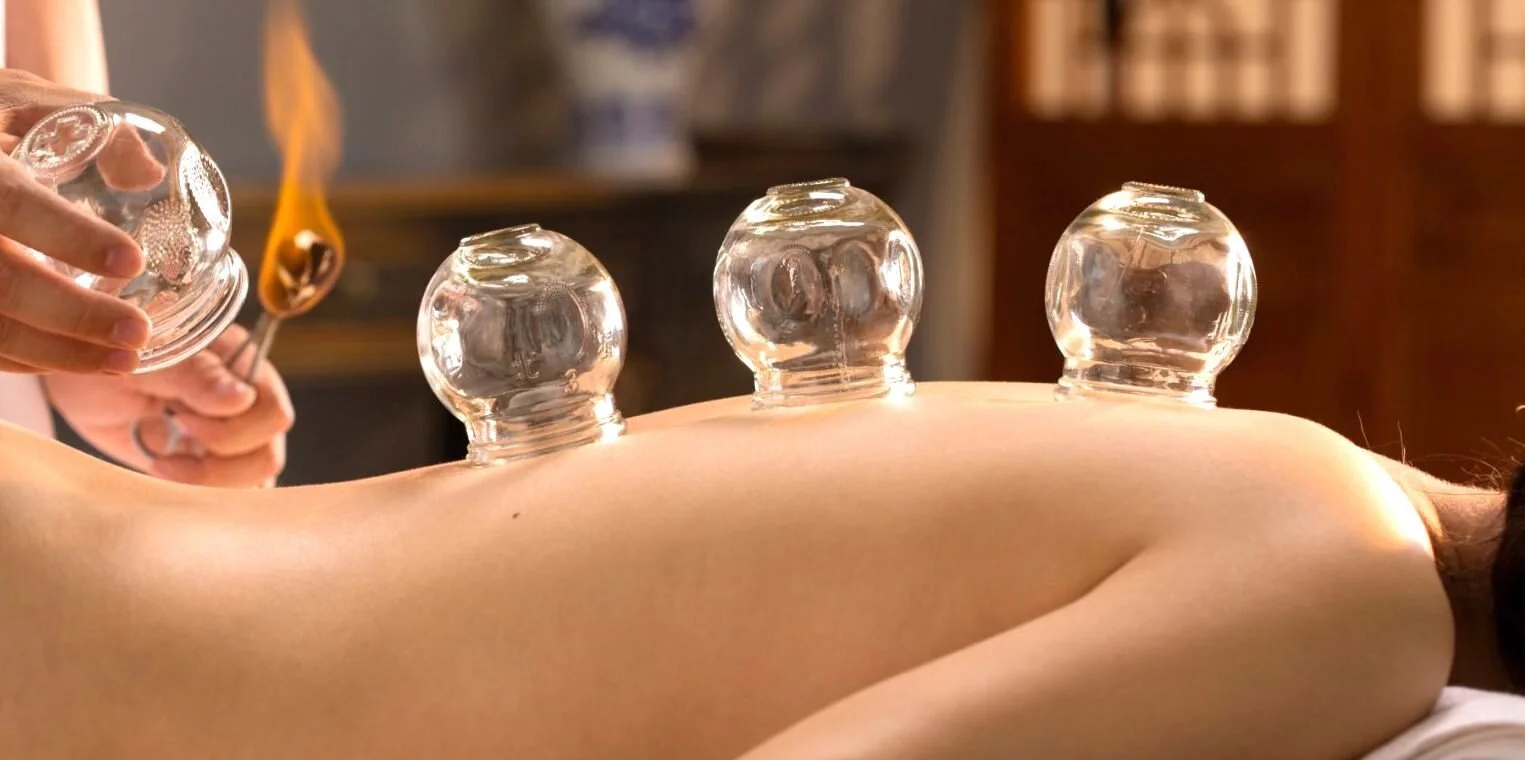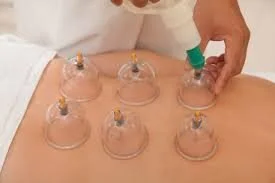Let's Dive Deeper into Cupping Therapy!
Hi Health Family!
So we have been talking about Cupping therapy this month. If you read my last blog post, you’ll know that I introduced you to the role of cupping therapy in a chiropractic practice.
Well, today, I want to tell you about the history and all of the different types of cupping therapy available to you.
What is the history of cupping therapy?
Cupping therapy originated in traditional Chinese medicine and appears in ancient medical texts that are almost 2,000 years old. It was said that over half of all illnesses could be cured through a combination of acupuncture and cupping. Originally, used to promote improved Qi (chi) flow throughout the body as well as relieve stagnation in the body’s circulatory system. Ancient cupping practitioners would examine the bruises left by the cups and use those to aid in the diagnosis of a variety of local and systemic pathologies. It was used alongside herbal medicine, acupuncture and meditation to better the whole health of the patient.
As illustrated in the picture above, practitioners would light a cotton swab on fire and swipe it around a glass, metal, or bamboo “cup” to use up all the oxygen in the cup. The practitioner would then immediately apply the cup to the surface of the patient’s skin. The fire, having consumed all the oxygen in the cup, created a negative pressure inside the cup that causes the cup to “suck” the skin up into that vacuum. As such, different sizes of cups could create different amounts of vacuum.
Nowadays, you can still find fire cupping, but most practitioners in the USA use either a hand pump to create mechanical suction or special silicone cups that are self-suctioning.
What kind of cupping should I try?
In modern times, cupping is typically been divided into two categories: dry or wet cupping and static or dynamic cupping. I’ll describe them for you, and try to help you find what is right for you. Typically you pick one of the first pair and one of the second pair.
Dry vs Wet Cupping
Let’s begin by saying that Dry Cupping is the only type of cupping that I perform. Now, dry vs wet doesn’t have anything to do with using massage oil or lotion or not. Instead, wet cupping refers to creating a small incision in the skin so that when the cupping is performed there will also be a small amount of controlled blood-letting. This was an important application in traditional Eastern medicine, but it is essentially no longer used in modern, western applications of Cupping Therapy.
Static vs Dynamic Cupping
This has to do with the intensity and the goal of the cupping therapy. Static cupping means that the patient does not move, and typically the cups are placed in a single spot and they do not move either. Dynamic cupping tends to refer to cupping that also includes some rehabilitation exercises focusing on the area where cups are applied. I sometimes practice a hybrid version of this where the patient does not do any exercises or movements, but I move the cups around on the patient’s body to simulate certain ranges of motion or certain exercises.
Alright health fam! I hope you enjoyed this deeper dive into cupping therapy. If you’d like to try, please don’t hesitate to let me know at your next appointment. You can always sample how a cup will feel on your arm or leg before you consent to a full session!



